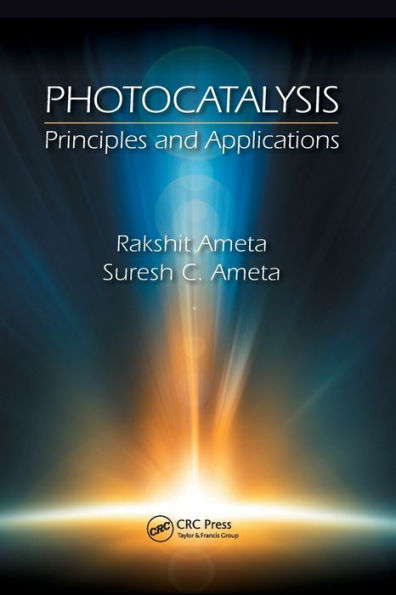5
1
9780367870638



Photocatalysis: Principles and Applications / Edition 1 available in Hardcover, Paperback, eBook

Photocatalysis: Principles and Applications / Edition 1
- ISBN-10:
- 0367870630
- ISBN-13:
- 9780367870638
- Pub. Date:
- 12/10/2019
- Publisher:
- CRC Press
- ISBN-10:
- 0367870630
- ISBN-13:
- 9780367870638
- Pub. Date:
- 12/10/2019
- Publisher:
- CRC Press

Photocatalysis: Principles and Applications / Edition 1
$120.0
Current price is , Original price is $120.0. You
120.0
In Stock

From the B&N Reads Blog
